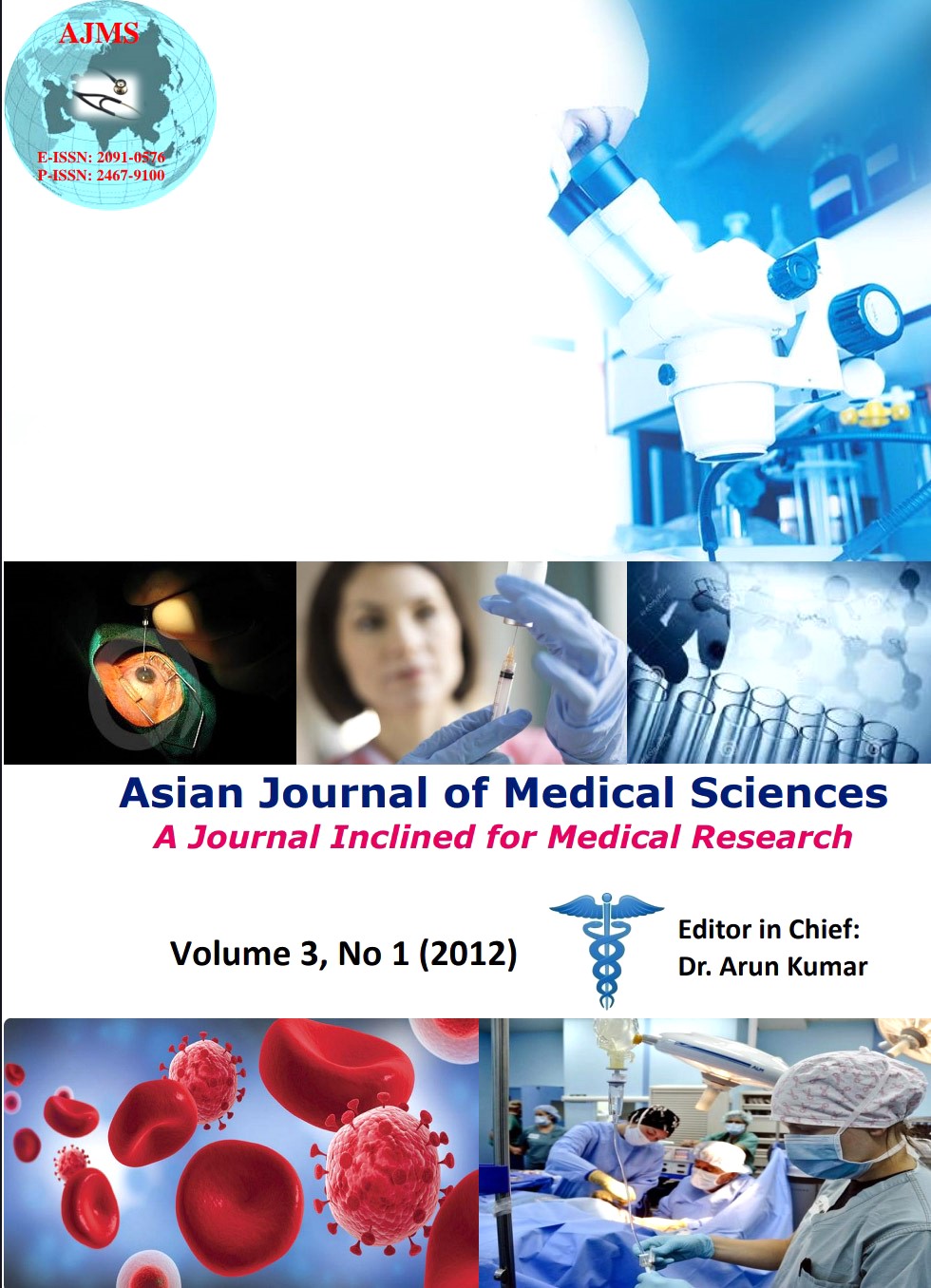Non-Descent Vaginal Hysterectomy - Analysis of 100 Cases
Keywords:
Hysterectomy, Vaginal, Non-prolapsed uteriAbstract
OBJECTIVE: To evaluate the feasibility of performing vaginal hysterectomy for non-prolapsed uteri as primary route
METHODS: 100 patients planned for hysterectomy for a wide range of indications like large uterus, cervix flushed with vagina, previous pelvic surgery were chosen for vaginal hysterectomy. Prerequisite were uterine size not more than 16 weeks, adequate vaginal access and good uterine mobility. Patients with utero-vaginal prolapse, complex adnexal mass and suspected malignancy were excluded.
RESULTS: Majority were aged 35 – 45 years (77%) with 8 nullipara and 21 primipara. Commonest indication was fibroid (54%) and largest uterine size was 16 weeks. There were 79 patients with history of different pelvic surgeries. Different morcellation techniques were used in more than 10 weeks sized uteri. Adnexal surgeries were performed in 12 cases without difficulty. In uncomplicated cases average blood loss was 200 ml and operating time was 50 minutes. Most of the patients were discharged by 5th post operative day. Two patients were converted to abdominal route due to bladder injury and slippage of upper pedicle respectively.
CONCLUSION: Experience and training can lead gynecologist to consider the vaginal approach as the standard route for hysterectomy.
DOI: http://dx.doi.org/10.3126/ajms.v3i1.4471
Asian Journal of Medical Sciences 3(2012) 1-5
Downloads
Downloads
Additional Files
Published
How to Cite
Issue
Section
License
Authors who publish with this journal agree to the following terms:
- The journal holds copyright and publishes the work under a Creative Commons CC-BY-NC license that permits use, distribution and reprduction in any medium, provided the original work is properly cited and is not used for commercial purposes. The journal should be recognised as the original publisher of this work.
- Authors are able to enter into separate, additional contractual arrangements for the non-exclusive distribution of the journal's published version of the work (e.g., post it to an institutional repository or publish it in a book), with an acknowledgement of its initial publication in this journal.
- Authors are permitted and encouraged to post their work online (e.g., in institutional repositories or on their website) prior to and during the submission process, as it can lead to productive exchanges, as well as earlier and greater citation of published work (See The Effect of Open Access).




